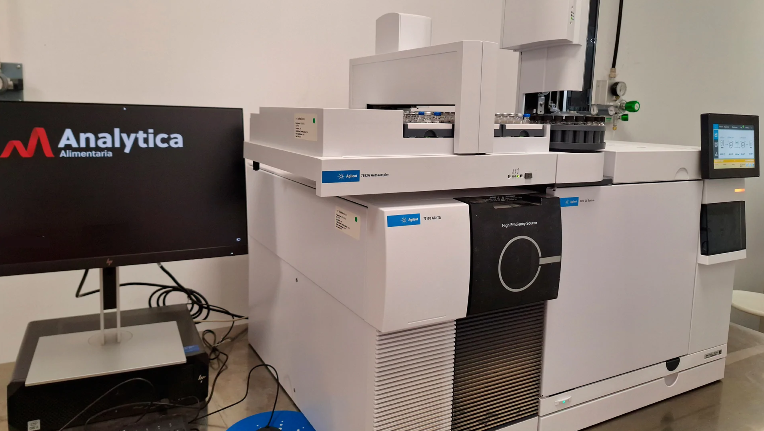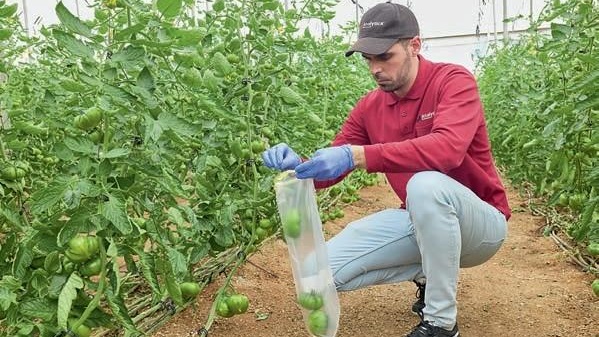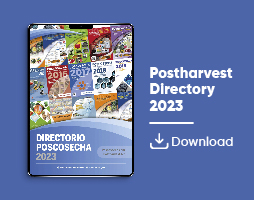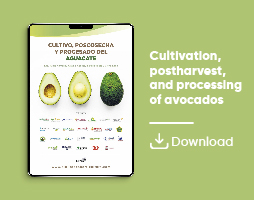Measurements
Simultaneous detection of 569 residues in fruits and vegetables by a GC- & LC-QQQ+QTOF MS combination technique
ANALYTICA ALIMENTARIA's expertise in food safety is based on highly experienced staff members, highly advanced concepts, and state-of-the-art equipment. Without innovative solutions, however, future challenges cannot be overcome. As part of Analytica's long-term research strategy, we have introduced a technology into the routine analyses - for pesticides and contaminants - which ensures the long-term quality of analysis and opens perspectives for the tomorrow's food safety landscape: simultaneous detection of 569 residues in fruits and vegetables by a GC- & LC-QQQ+QTOF MS combination technique. Pesticide residue control in fruits and vegetables is an ongoing challenge. The number of substances to be tested in routine multi-GC/LC techniques is permanently increasing. The expenses for ensuring the quality of the analyses increase considerably, and the technical limits of the method are continuously pushed. The coupling of high-throughput gas and liquid chromatography (LC & GC), triple quadrupole (QQQ) and quadrupole-time-of-flight (QTOF) mass spectrometry, which has been already described in the literature, is an elegant way of solving these problems. To summarize the concept: electronic mass spectral libraries replace chemical-source standard materials as references. A research project has been used to bring this cutting-edge technique into the routine. The first milestone reached is a pesticide database that comprises 569 substances, 124 of them are adopted from GC/LC. A detection limit of 0.01 mg/kg has been reached for about 50 substances, but further will follow.
13 September, 2021
ANALYTICA ALIMENTARIA's expertise in food safety is based on highly experienced staff members, highly advanced concepts, and state-of-the-art equipment. Without innovative solutions, however, future challenges cannot be overcome. As part of Analytica's long-term research strategy, we have introduced a technology into the routine analyses - for pesticides and contaminants - which ensures the long-term quality of analysis and opens perspectives for the tomorrow's food safety landscape: simultaneous detection of 569 residues in fruits and vegetables by a GC- & LC-QQQ+QTOF MS combination technique. Pesticide residue control in fruits and vegetables is an ongoing challenge. The number of substances to be tested in routine multi-GC/LC techniques is permanently increasing. The expenses for ensuring the quality of the analyses increase considerably, and the technical limits of the method are continuously pushed. The coupling of high-throughput gas and liquid chromatography (LC & GC), triple quadrupole (QQQ) and quadrupole-time-of-flight (QTOF) mass spectrometry, which has been already described in the literature, is an elegant way of solving these problems. To summarize the concept: electronic mass spectral libraries replace chemical-source standard materials as references. A research project has been used to bring this cutting-edge technique into the routine. The first milestone reached is a pesticide database that comprises 569 substances, 124 of them are adopted from GC/LC. A detection limit of 0.01 mg/kg has been reached for about 50 substances, but further will follow.











